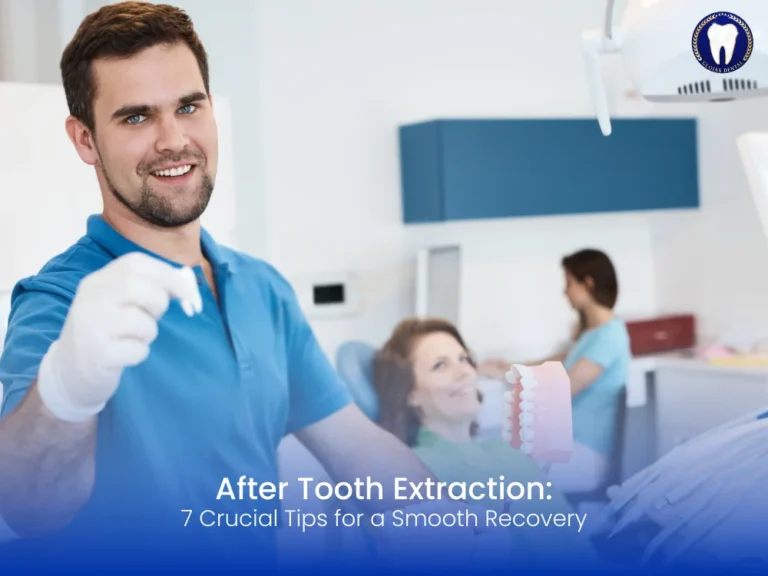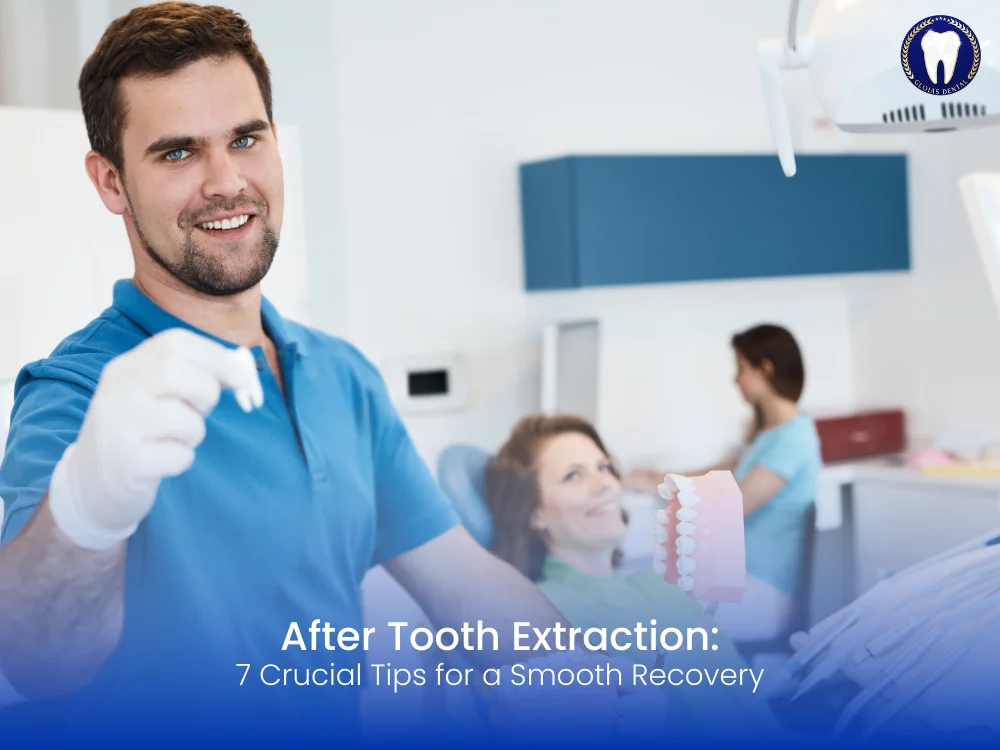Recovering after tooth extraction can feel daunting, but with the right knowledge and approach, you can ease the healing process, prevent complications, and get back to normal life faster. Whether it’s due to decay, trauma, or impacted wisdom teeth, understanding what happens after tooth extraction—and how to care for yourself—is key.
Understanding What Happens After Tooth Extraction
After tooth extraction, your body goes through a natural healing process. A blood clot forms in the socket, and over the next few days and weeks, your gum tissue and bone begin to repair. This biological process is delicate, and improper care can disrupt healing, leading to pain, infection, or a condition known as dry socket.
What is a Dry Socket and Why Should You Avoid It?
Dry socket occurs when the blood clot dislodges or fails to form, exposing bone and nerves. This is not only painful but also delays healing. Smoking, vigorous rinsing, and sipping through straws are common culprits.
Post-Extraction Do’s and Don’ts
Taking the right steps after tooth extraction can prevent discomfort and complications. Let’s break them down:
DO: Rest and Take It Easy
Give your body time to heal. Avoid heavy lifting, intense workouts, or anything that raises your blood pressure within the first 24–48 hours.
DO: Follow Prescribed Medications
Your dentist may prescribe antibiotics or painkillers. Always follow the dosage instructions. Over-the-counter medications like ibuprofen can also help reduce inflammation and pain.
DO: Use Ice Packs
Apply ice packs on the cheek outside the extraction site for 15 minutes at a time during the first 24 hours. This helps minimize swelling and discomfort.
DON’T: Smoke or Drink Alcohol
Both smoking and alcohol interfere with blood clot formation and can increase the risk of infection.
DON’T: Use a Straw
The suction can dislodge the blood clot, potentially causing dry socket.
DON’T: Brush the Extraction Site Aggressively
Avoid brushing or flossing near the area for at least a day. Instead, gently rinse your mouth with a saltwater solution after 24 hours.
What to Eat and Drink After Tooth Extraction
Your diet significantly affects how well you heal after tooth extraction. Choose foods that are soft, nutritious, and easy to chew.
Recommended Foods:
- Mashed potatoes
- Yogurt
- Smoothies (spoon only)
- Scrambled eggs
- Applesauce
- Broth-based soups
Foods to Avoid:
- Crunchy or hard foods like chips and nuts
- Spicy or hot foods that can irritate the wound
- Sticky foods that could dislodge the clot
Signs of Infection After Tooth Extraction
While some discomfort is normal, be on alert for signs of infection:
- Pus or discharge from the socket
- Persistent swelling beyond three days
- Fever or chills
- Severe pain after the third day
- Bad breath or foul taste in the mouth
If you notice any of these, contact your dentist promptly.
Healing Timeline After Tooth Extraction
Understanding the general healing timeline can help set expectations:
- Day 1–2: Blood clot forms; swelling and bleeding decrease
- Day 3–5: Initial pain subsides; tissue regeneration starts
- Week 1: Stitches may dissolve or be removed; new gum tissue begins to close over socket
- Week 2–4: Significant healing, though bone will continue remodeling for months
Long-Term Care After Tooth Extraction
Even after your socket has closed, long-term dental health requires vigilance.
Oral Hygiene Tips:
- Resume gentle brushing around the area after a couple of days
- Use antimicrobial mouthwash as directed
- Avoid sugary snacks that can lead to decay in adjacent teeth
Dental Follow-Up
Your dentist may schedule a follow-up to check healing and discuss tooth replacement options if applicable (like implants or bridges).
Tooth Replacement Options After Tooth Extraction
Leaving a gap after tooth extraction can cause nearby teeth to shift and affect your bite. Consider:
- Dental Implants: Permanent, natural-feeling replacements
- Bridges: Fixed solutions attached to adjacent teeth
- Dentures: Removable appliances, ideal for multiple extractions
After Tooth Extraction for Wisdom Teeth
Wisdom teeth often require surgical extraction. Recovery may involve stitches, more swelling, and a slightly longer healing period. Ice packs, painkillers, and proper rest are crucial.
When to Call Your Dentist
Even with proper care, complications can arise. Call your dentist after tooth extraction if:
- Bleeding doesn’t stop after 24 hours
- You experience unbearable pain
- You suspect a dry socket
- Signs of infection appear
Frequently Asked Questions FAQs
1. How long should I rest after tooth extraction?
It’s best to rest for at least 24–48 hours and avoid strenuous activities for a few days.
2. Can I brush my teeth after a tooth extraction?
Yes, but avoid the extraction site for the first 24 hours. Resume gentle brushing after that, avoiding the socket.
3. How do I know if my tooth socket is healing properly?
Normal healing includes decreased pain, no foul odor, and the gum gradually closing. Persistent pain or bad breath may indicate an issue.
4. What is the white stuff in my tooth socket?
This is usually granulation tissue, a sign of healing. However, if accompanied by pain or odor, consult your dentist.
5. Is it normal to have a bad taste in my mouth after tooth extraction?
A mild taste is normal, but a persistent foul taste may signal infection.
6. Can I drink coffee after tooth extraction?
Avoid hot beverages for the first 24 hours. After that, lukewarm coffee may be fine unless advised otherwise.

